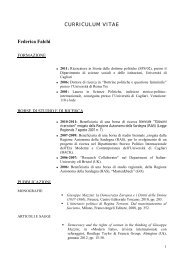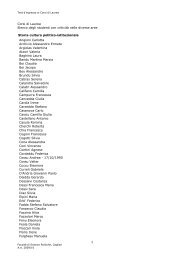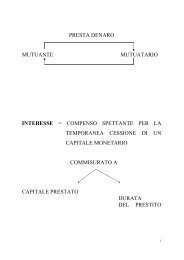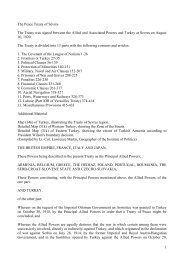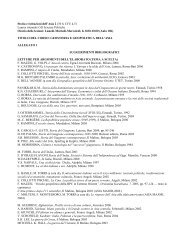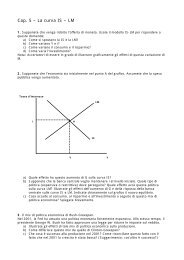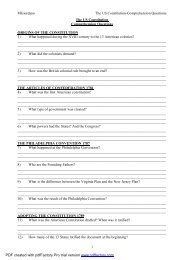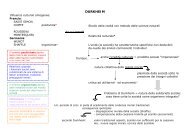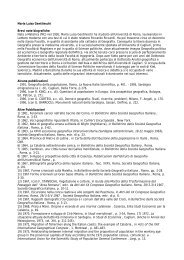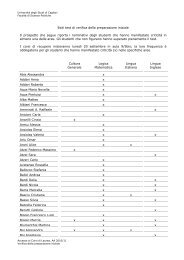Controlling for Heterogeneity in Gravity Models of Trade
Controlling for Heterogeneity in Gravity Models of Trade
Controlling for Heterogeneity in Gravity Models of Trade
Create successful ePaper yourself
Turn your PDF publications into a flip-book with our unique Google optimized e-Paper software.
simply on the basis <strong>of</strong> goodness <strong>of</strong> fit; i.e. a relatively high2R . 6The lack <strong>of</strong> attention paid to theempirical properties <strong>of</strong> the model is despite the fact that the strength <strong>of</strong> any basel<strong>in</strong>e model lies <strong>in</strong>the accuracy <strong>of</strong> its estimates. The aim <strong>of</strong> this paper is to beg<strong>in</strong> to fill the gap regard<strong>in</strong>g theempirical estimation <strong>of</strong> gravity models <strong>of</strong> trade. In particular, we demonstrate that standardmethods <strong>for</strong> estimat<strong>in</strong>g the gravity model produce biased estimates, tend<strong>in</strong>g to overestimate tradebetween low-trade countries, and to underestimate it between high-trade countries. We arguethat the primary source <strong>of</strong> this bias is the failure <strong>of</strong> standard methods to account <strong>for</strong> the pairwiseheterogeneity <strong>of</strong> bilateral trade relationships.The solution we propose uses simple panel data methods to allow <strong>for</strong> the <strong>in</strong>tercepts <strong>of</strong> thegravity equation to be specific to each trad<strong>in</strong>g pair. We demonstrate how with this empiricalmodel the correlation between the residuals and the volume <strong>of</strong> trade disappears. To illustrate theempirical significance <strong>of</strong> our f<strong>in</strong>d<strong>in</strong>gs, we apply our model to the question <strong>of</strong> the effects <strong>of</strong>regional <strong>in</strong>tegration on trade volumes. We f<strong>in</strong>d that standard methods f<strong>in</strong>d a strong negativerelationship between membership <strong>in</strong> a trad<strong>in</strong>g bloc and <strong>in</strong>tra-bloc trade, whereas thiscounter<strong>in</strong>tuitive f<strong>in</strong>d<strong>in</strong>g is elim<strong>in</strong>ated when heterogeneity is controlled <strong>for</strong>.Section 2 briefly sets out the various statistical models we exam<strong>in</strong>e. Section 3 presentsstandard empirical results <strong>for</strong> the basic and augmented gravity models, and illustrates the <strong>in</strong>herentestimation bias. In Section 4 we <strong>of</strong>fer a solution to this, namely us<strong>in</strong>g a panel with fixed effectsto estimate the bilateral trade relationship. In Section 5 we compare our model to alternatives6 See Sanso, Cuairan, and Sanz (1993) <strong>for</strong> an exam<strong>in</strong>ation <strong>of</strong> the predictive power <strong>of</strong> various specifications <strong>of</strong> theaugmented gravity model. Also see Oguledo and MacPhee (1994) <strong>for</strong> a survey <strong>of</strong> pre-1990 empirical results.3



